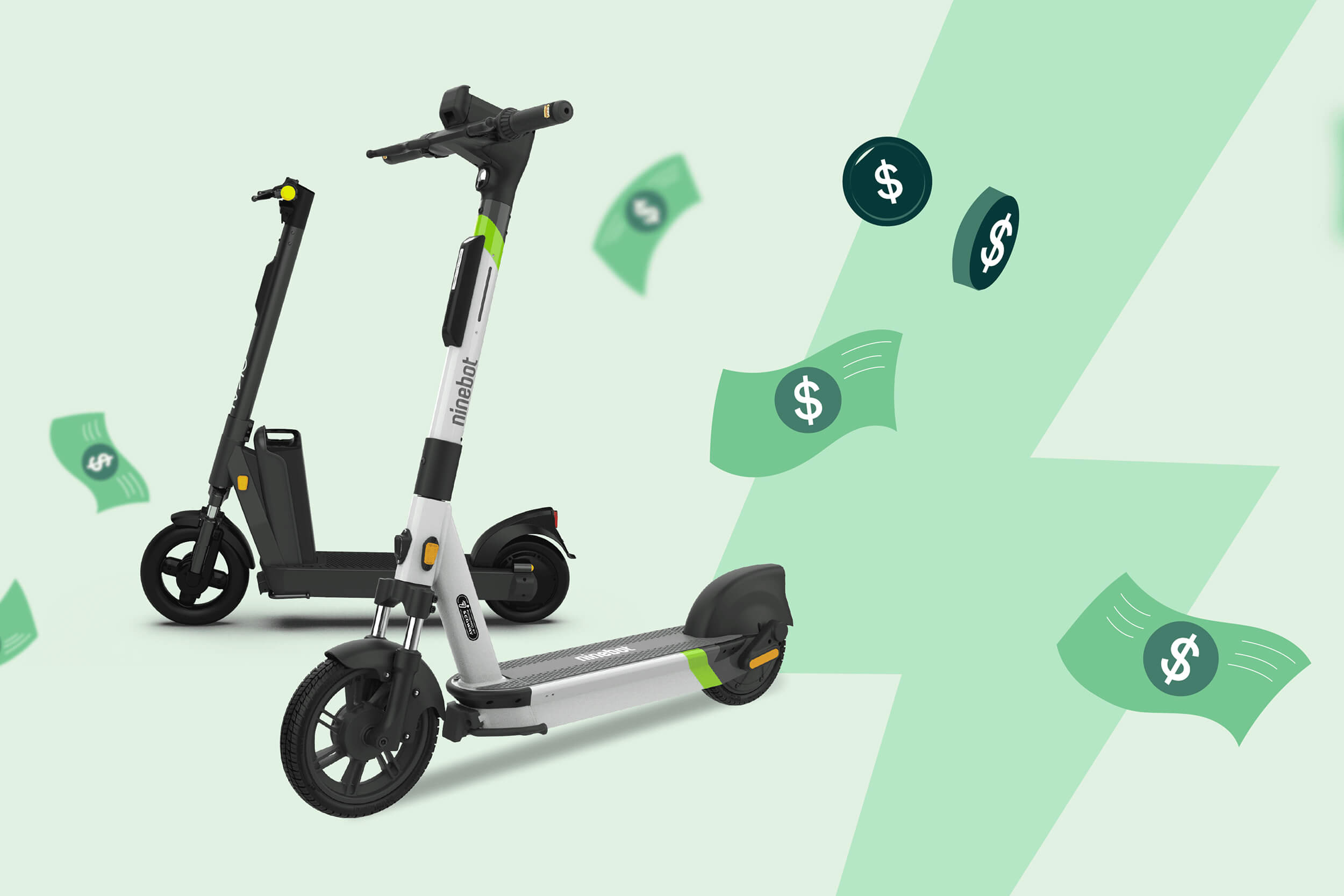
Top 5 E-Scooter Accessories You Need for a Better Ride
May 1, 2024
The Future of Urban Transportation: How E-Scooters Are Changing Canadian Cities
July 1, 2024As e-scooters become increasingly popular across Canada, understanding the legal regulations governing their use is essential for both riders and potential buyers. Different provinces and municipalities have varying rules and guidelines regarding where and how e-scooters can be used, which can sometimes be confusing. This blog aims to provide a comprehensive overview of e-scooter legal regulations across Canada, helping you navigate the rules and ensure you’re riding safely and legally.
Federal vs. Provincial Regulations:
In Canada, there is no single federal standard for e-scooter regulations. Instead, the rules vary by province and even by city, reflecting local needs and priorities. It’s important for riders to familiarize themselves with the specific regulations in their area to avoid fines and ensure compliance.
1. British Columbia:
In British Columbia, e-scooters are generally permitted on roads, but regulations are managed at the municipal level. Cities like Vancouver have specific bylaws in place, while other areas may have different rules.
- Vancouver: E-scooters are allowed on roads and bike lanes but are prohibited on sidewalks. Riders must adhere to speed limits of 24 km/h on bike lanes and 30 km/h on roads. Helmets are required, and e-scooters must be equipped with lights and bells.
- Other Cities: Regulations can vary significantly. For example, in Victoria, e-scooters can be used on bike lanes and roads but not on sidewalks. It’s crucial to check local bylaws for specific details.
2. Alberta:
Alberta’s regulations also vary by city, with each municipality setting its own rules.
- Calgary: E-scooters are allowed on bike lanes and shared pathways but are not permitted on sidewalks. Riders must adhere to a maximum speed of 20 km/h on pathways and bike lanes. Helmets are recommended but not mandatory.
- Edmonton: Similar to Calgary, e-scooters can be used on bike lanes and pathways, with a maximum speed limit of 20 km/h. Helmets are recommended but not legally required.
3. Ontario:
Ontario has been gradually introducing regulations for e-scooters, with many cities having their own specific rules.
- Toronto: E-scooters are permitted in certain areas and on bike lanes but are not allowed on sidewalks. Riders must adhere to a maximum speed limit of 20 km/h on bike lanes. Helmets are not mandatory but are highly recommended.
- Ottawa: E-scooters can be used on bike lanes and pathways, with a maximum speed of 20 km/h. They are not allowed on sidewalks. Helmets are not required but are advised for safety.
4. Quebec:
In Quebec, e-scooter regulations are generally more uniform across municipalities, with some local variations.
- Montreal: E-scooters are allowed on bike paths and certain roads but are prohibited on sidewalks. Riders must adhere to a maximum speed limit of 20 km/h on bike paths and have working lights and bells. Helmets are recommended but not required.
- Quebec City: Similar to Montreal, e-scooters can be used on bike paths and roads but not on sidewalks. Helmets are recommended but not mandatory.
5. Atlantic Canada:
Regulations in Atlantic Canada are typically less developed, with each province and city setting its own rules.
- Halifax: E-scooters are permitted on bike lanes and certain roads but not on sidewalks. Riders must follow a speed limit of 20 km/h on bike lanes. Helmets are recommended but not legally required.
- St. John’s: E-scooter regulations are still evolving. Riders should check local bylaws for the most current rules, but generally, e-scooters are allowed on bike lanes and roads with speed limits and helmet recommendations.
General Regulations to Keep in Mind:
Regardless of your location, there are several common regulations and best practices that apply across Canada:
- Age Restrictions: Many areas have minimum age requirements for e-scooter riders, typically ranging from 16 to 18 years old.
- Insurance and Registration: In most places, e-scooters do not require insurance or registration, but it’s always good to check local regulations for any specific requirements.
- Equipment Requirements: E-scooters must usually be equipped with functional lights, bells, and reflectors. Some areas also require specific safety features like mirrors or horns.
- Parking: E-scooter parking regulations vary by city. Always park your e-scooter in designated areas to avoid fines or impeding pedestrian traffic.
Conclusion:
Understanding and adhering to e-scooter regulations is crucial for a safe and enjoyable riding experience. With regulations varying widely across provinces and municipalities, it’s important to stay informed about the specific rules in your area. By following local guidelines, you can ensure that you’re riding legally and responsibly. For more information on e-scooter regulations and to find the perfect e-scooter for your needs, visit our website and explore our range of models and accessories.



